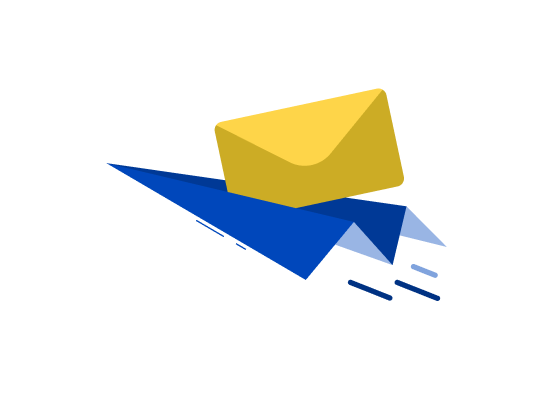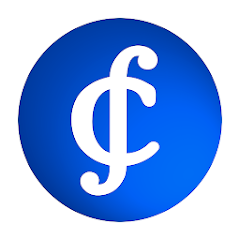
Big News from Credits.com: Excited Changes Ahead!
Development of an ecosystem around Credits’ blockchain and the CS token.
For us, the Payments App is one of Credits’ products that can bring new customers and new CS holders. Similar projects are Crypto.com, Binance. Companies with a large user base.
After the implementation of CS Economy, almost every Credits Payments App user becomes a CS holder. According to our plans, we will have 200k CS holders in 1 year. And in three years, we will have 1.7 mln new CS holders.
1. Credits Payments App tokenomics
To create a CS utility token, a service or product is needed. Therefore, whatever it is, the service is the foundation for implementing the CS utility token as an additional instrument. Without a service, App or cards, it is impossible to implement and to create value for CS.
The CS economy is based on the holding of CS utility tokens by the users of Credits’ Payments App services. It depends on how much is being held by the user. For example:
If the User holds up to 25,000 CS
If the User holds 100,000 CS
If the User holds 250,000 CS
If the User holds 500,000 CS
The User gets preferential treatment on services, if a staker has bought and is holding coins he receives a preference in using Credits services and products. examples:
Issuing of Cards is cheaper
Cheaper transfer fees
Cheaper exchange fees
Platinum card Option
Custom card designs
Premium Services
A stake program inside the Credits App. Credits becomes a member of the pool of miners.
The team does not plan to implement cashback as its main tool. The main thing that is being emphasized is the motivation of the user to stake coins, and to receive discounts on Credits’ products and services.
2. Buy Back Program
This program is aimed at distributing a part of the net profit from the Credits Payments App to coin owners through a buyback mechanism.
Buys back its CS token from the market with about 20% of the income received for the quarter. Quarterly buyback of coins with a fixed % of income (using BNB as an example, Binance).
Additional mechanics that will be submitted to the community for consideration are generally dependent on the results of the work of the entire Credits.com project and its services in general.
3. Staking Program
The Solution is to bring the stake-mining mechanism into the core level of the blockchain code to involve new mining users:
It is a staking program in which a staker needs to stake coins in order to receive a reward.
The goal is to withdraw coins from circulation as much as possible. The most important thing is that the miner’s coins need to be blocked, meaning they won’t be able to withdraw them for the blocking period.
Terms:
Bring mining/staking into blockchain’s core code.
Мiners need to freeze coins for 3,6,9 or 12 months.
The reward depends on how much is frozen and for which period for 3 months - 0.25 CS, for 6 months - 0.50 CS, for 9 m - 0.75 CS, for a 12 month block, it is 1.0 CS (100%).
The issue of new coins is approximately 9.5 % per year (reduced at the suggestion of the community from 25%).
We are working on the following plans:
Achieve 500+ stakers and nodes working on the network as miners
Achieve 60-80% locked supply in staking
Read more about the new staking and mining mechanism in the next article 2.
4. Reduce fees in blockchain when staking
A mechanism to reduce commissions when CS coins on account are frozen (like Tron, EOS).
First of all, it has been proposed to increase fees by about 10 times(now the commissions are very cheap), but reduce the commissions on the network for accounts who stake coins for periods:
10,000 CS coin fees decreased by 15%
50,000 CS coin fees decreased by 25%
100,000 CS coin fees decreased by 50%
500,000 CS coin fees decreased by 75%
If the account on the CS blockchain freezes coins, it will receive a discount on making transactions dependent on the period and amount of frozen coins. There are four time periods: 3 months, 6 months, 9 months and 12 months.
5. New smart contract language
Solidity in addition to Java used for new smart contract languages. This feature is 80% complete.
This solution has already been integrated on the Testnet and has shown its potential ability to work in the near future.
If funding is available, it is possible to enter beta testing on the MainNet in the 2nd quarter of 2023.
6. Blockchain space optimization
As part of the optimization, the team proposes the introduction of not saving empty blocks in which there are no transactions.
7. Expansion of the developer community
We plan to allocate some of the budget to support developers who want to bring projects to CS blockchain. Together with staking and freezing coins to reduce fees, this can have a significant effect on the blockchain ecosystem and bring in new blockchain users.
==========================
Note
Some figures, deadlines and achievements are based on management's estimates and forecasts. Forecasts assume the closing date of the STO transaction in Q1-Q2 of 2023 and the corresponding financing for the implementation of these areas. In the absence of investment financing, significant deviations from the forecasted results are possible.






